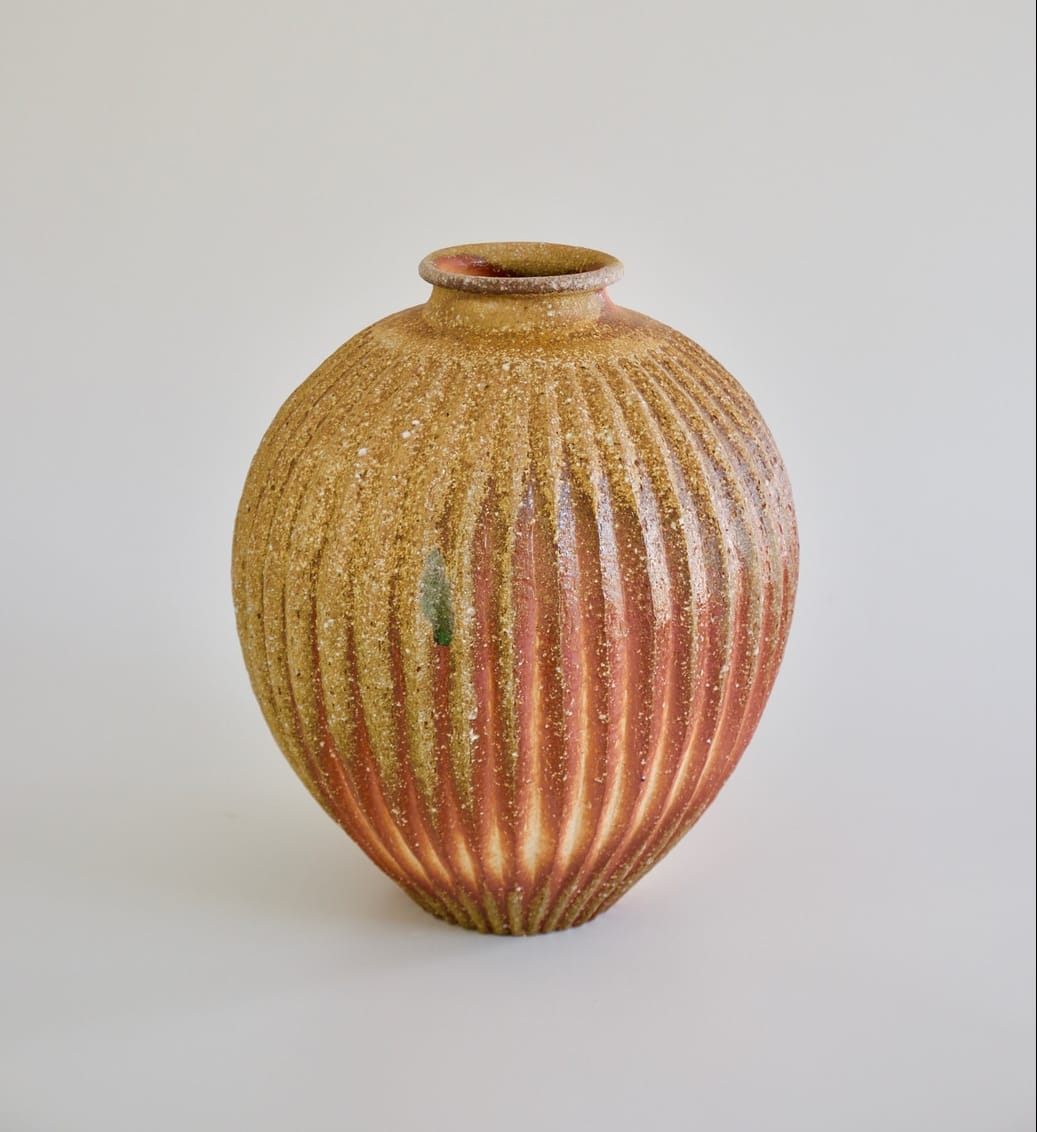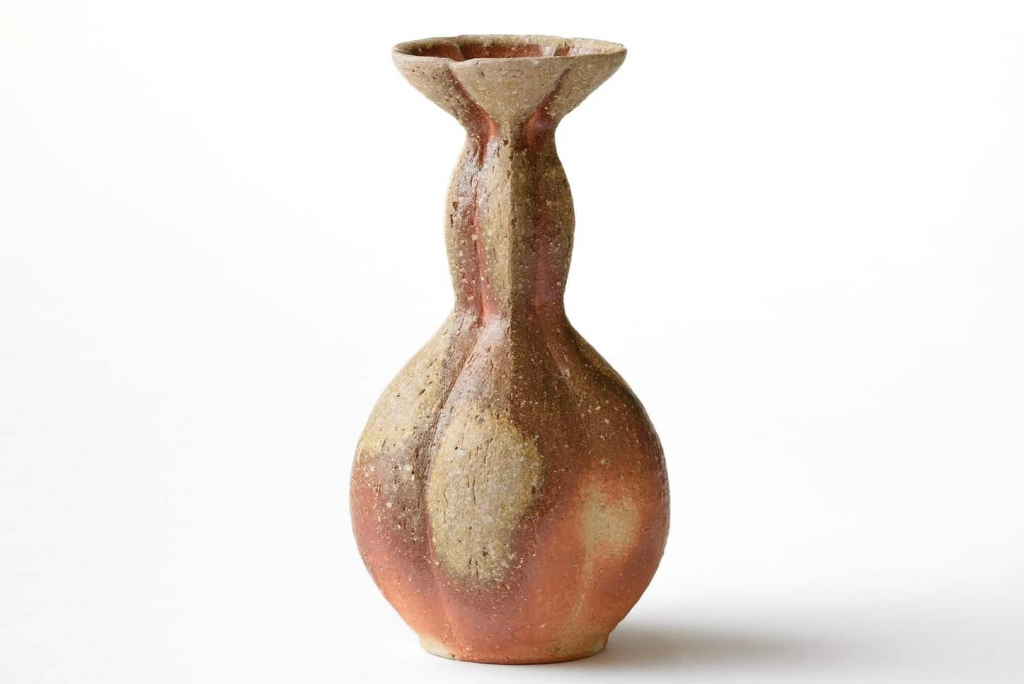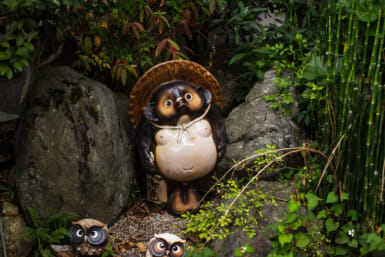“Looking at Shigaraki’s tanuki, I get nostalgic about collecting them as a child.” This is the gist of an impromptu poem by Emperor Showa who launched Shigaraki’s raccoon dog (tanuki) statue into international fame. In 1951, the pottery town residents had lined statues of tanuki on the roadsides holding Japanese flags to greet the emperor who found the whole thing unbearably adorable. Thanks to that, today, almost every tanuki statue across Japan is in Shigaraki style.
However, Shigaraki pottery’s claim to fame goes much deeper than that.
From The Dawn of the World to the Potter’s Wheel
One of six ancient kilns in Japan, and one of several respected tea ceremony ware styles, Shigaraki dates back to the 13th century. The endemic clay from Lake Biwa, from which it’s made, is over 4 million years old. Shigaraki village is located on soil that used to be located under Lake Biwa, Japan’s largest lake.
The clay they use contains silica that stands out after firing, giving the pieces an unmistakable and idiosyncratic archaic texture. Ash from the kiln gives an added element. Shigaraki preserves the earthy look and most pieces are unglazed.

“Shigaraki pottery can be used for anything,” Yoshiko Takahashi, a professional Shigaraki potter, explains. “It has always been adapting to the times too,” she adds, noting how nowadays it’s used to make tables and onsen (hot spring) bathtubs, instead of traditional storage tsubo jars.
At the same time, Shigaraki pottery is used for tea ceremonies. Towards the end of the 16th century, the tea master Rikyu ordered Shigaraki tea ceremony tools, noticing their wabi-sabi qualities. This aesthetic of perfect imperfection of nature flows through Japanese pottery, kintsugi, Zen gardens and more. “Even I don’t know how my piece will look until we open the kiln in the end,” Takahashi says. It’s an art that lets clay and fire have a creative tryst and decide on the final color.

The Takahashi Rakusai Pottery Family
Five generations of the Takahashi family have been working the wheel since 1840. Yoshiko Takahashi’s father, who she works alongside, is the fifth Rakusai, and she is poised to become the sixth. The fourth Rakusai, her grandpa Mitsuo, still enjoys making pottery at age of 94. Growing around kilns and pots, she says she had a happy childhood. “I knew I was a potter, it was so natural,” Takahashi reminisces about the first piece she made in elementary school.
One of the advances she’s made in Shigaraki pottery is carving sections of the pot before firing. “What fascinates me about Shigaraki pottery is how all of my movements, breaths and the rhythm, while forming a pot, is left explicitly on the surface even after firing,” Takahashi tells TW.
One must touch a piece of Shigaraki pottery to truly appreciate it. “In Japanese, we say we raise the pottery we own,” she says. With time, the pots and cups change to perfectly fit the hand that holds them.
“Having good pottery just lights up your life,” Takahashi says. Nothing less is to be expected from an art form which seems more alive on our coffee tables than in sterile art galleries.
All photos courtesy of Yoshiko Takahashi.
This article was published in Tokyo Weekender’s special issue, Made in Japan. Flip through the issue by clicking on the image below.









